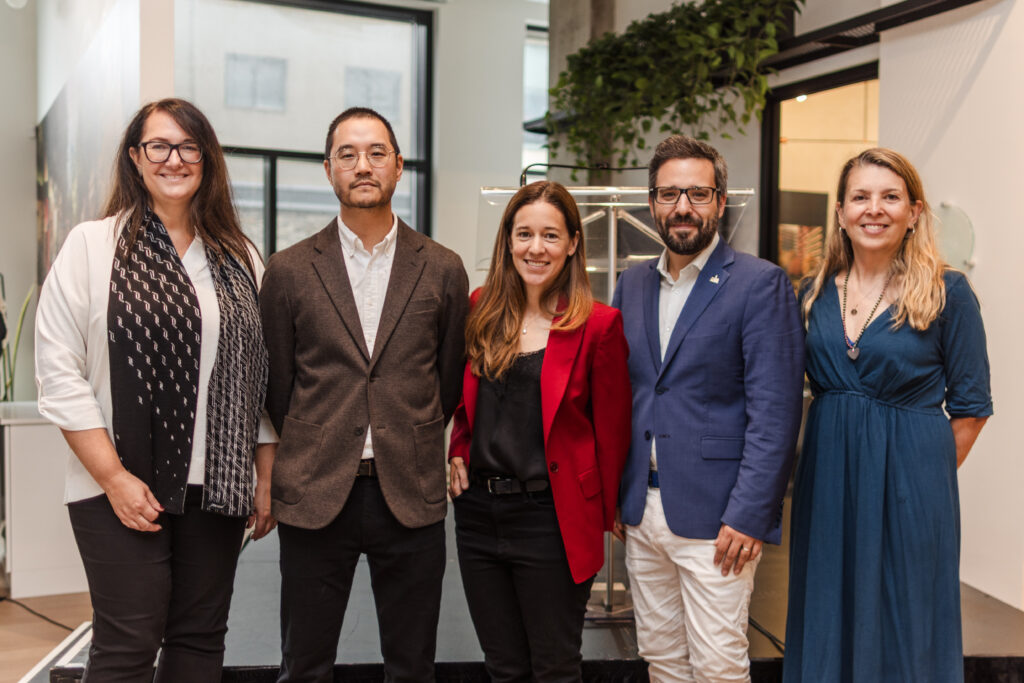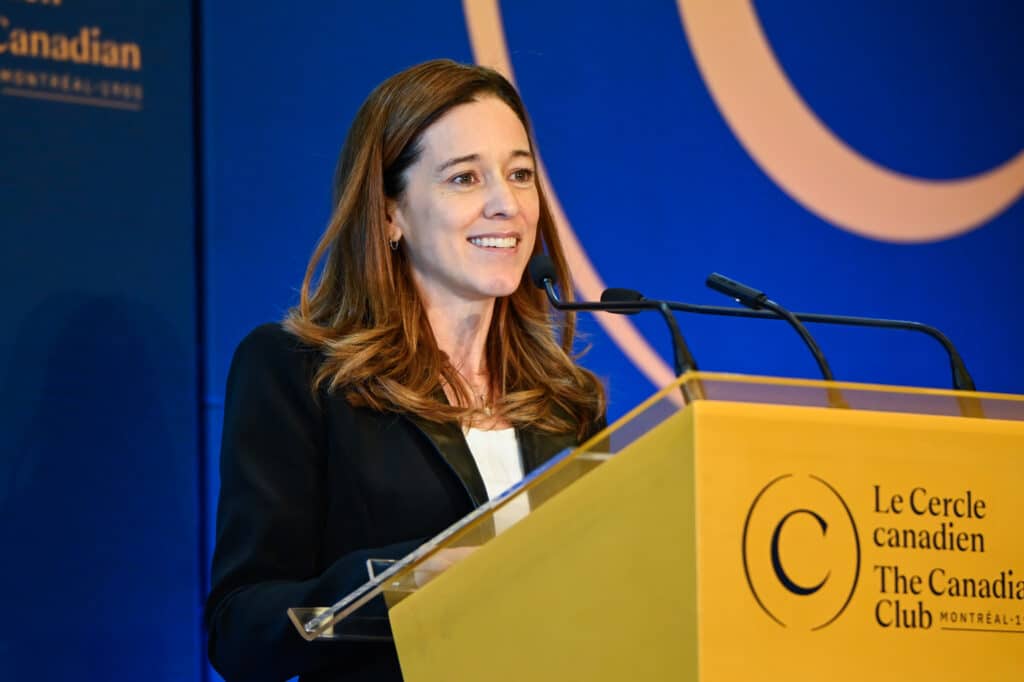In this pre-election period, how can we increase Montreal’s competitive edge in order to counter the current exodus to the suburbs? The city already has numerous inherent advantages. At first glance, its citizens enjoy an exceptional quality of life, in part because they have more free time than their suburbanite counterparts, who have to deal with long commutes to work on a day-to-day basis. In addition, the city offers tons of cultural events, restaurants and urban entertainments, that cannot be compared to those of any suburb. What other avenues can be explored to enrich the program of our future mayor? In large cities, density is often perceived negatively. Too often is underestimated the fact that high density creates important hubs of tax payers, and thus represents a source of collective wealth that allows the realization of projects benefiting the whole community, such as the retrofitting of infrastructures and adoption of programs to alleviate poverty. In short, density allows investing in the quality of life for the residents.
Invest In Urban Equipment
The key for success lays in the intention of building a healthy living environment for the residents. Over the years, promoters have contributed to develop projects where life is enjoyable. In the 70’s, single family houses were the most popular, and in the 80’s, exterior architecture took the relay. In the 90’s, the emphasis was put on master plans. At the turn of the twenty-first century, common areas encouraging meetings and social activities took a lot of importance, and in 2010, some projects include commercial spaces, such as it is the case at Le 21e arrondissement, where a fine food store, a cafe, a bistro, a bakery and a caterer will be located around a square. It is Montreal’s responsibility to follow this lead by investing (and not spending, the selection of word here is crucial) in urban equipments, and thus increasing the quality of life of its residents. The Lachine canal bike path and the Old Port are significant examples of projects that give Montreal a competitive edge. The creation of the International District has also fostered many private investments such as office towers and a lively square. Twenty five years ago, Prével launched the Village St-Louis in Lachine, a housing project that comprises 1100 units. At the time, the image of Lachine was very different. Former Lachine mayor Guy Décary strongly supported the project, and he committed to invest in the urban environment, with the construction of a linear park with streams, paths, gazebos, rest areas and more. Combined efforts of Prével and the City of Lachine led to the creation of a truly living community, with, in addition, a higher property value than surrounding developments. Many former residents of this project expressed their hesitation to leave their house because of the many friends they had made through the years.
Cautionary Notice
Being in competition with the suburbs, Montreal’s elected officials have to avoid asking too much from residents to succeed in countering the exodus. At the moment, only projects that comprise 200 units and more have to participate in the construction of social housing, a policy that we support although we believe that in order to be fair with all buyers, all projects should contribute to this important cause. Also, it is crucial to consider the evolution of the market when reviewing the terms of application of this program. For example, 10 years ago, an average single-room unit had an area of 950 square feet, while today some owners have 500 square-foot units. Can we continue asking these owners to contribute to the construction of social housing that have an area of 600 square feet minimum? Elected officials must also make sure to respect the citizens who choose to live in Montreal. Although this issue is now settled, the Dalhousie corridor, which planned the passage of 1,600 buses on a quiet street of Griffintown, would have affected the quality of life of hundreds of residents of the neighbourhood. Another example is Griffintown’s 50 years old Montfort Street, still not modernized despite the fact that is now being used since10 years by hundreds of people every day.
Families: Growing From Small to Big
Many people are looking for the best way to accommodate families in Montreal. First of all, we must improve the retention of the young adults from the suburbs who completed their studies in one of our educational institutions. By offering small units, promoters encourage access to property, along with the incentive programs of the city. These young adults thus start accumulating a wealth that will allow them, when the time comes, to buy a larger dwelling designed to accommodate a family. Elected officials should be more receptive to small units, because they are a lever for the families of tomorrow. In sum, the City of Montreal is a key player in the creation of an attractive living environment, one that will allow the development of a healthy and involved community. Jacques Vincent



